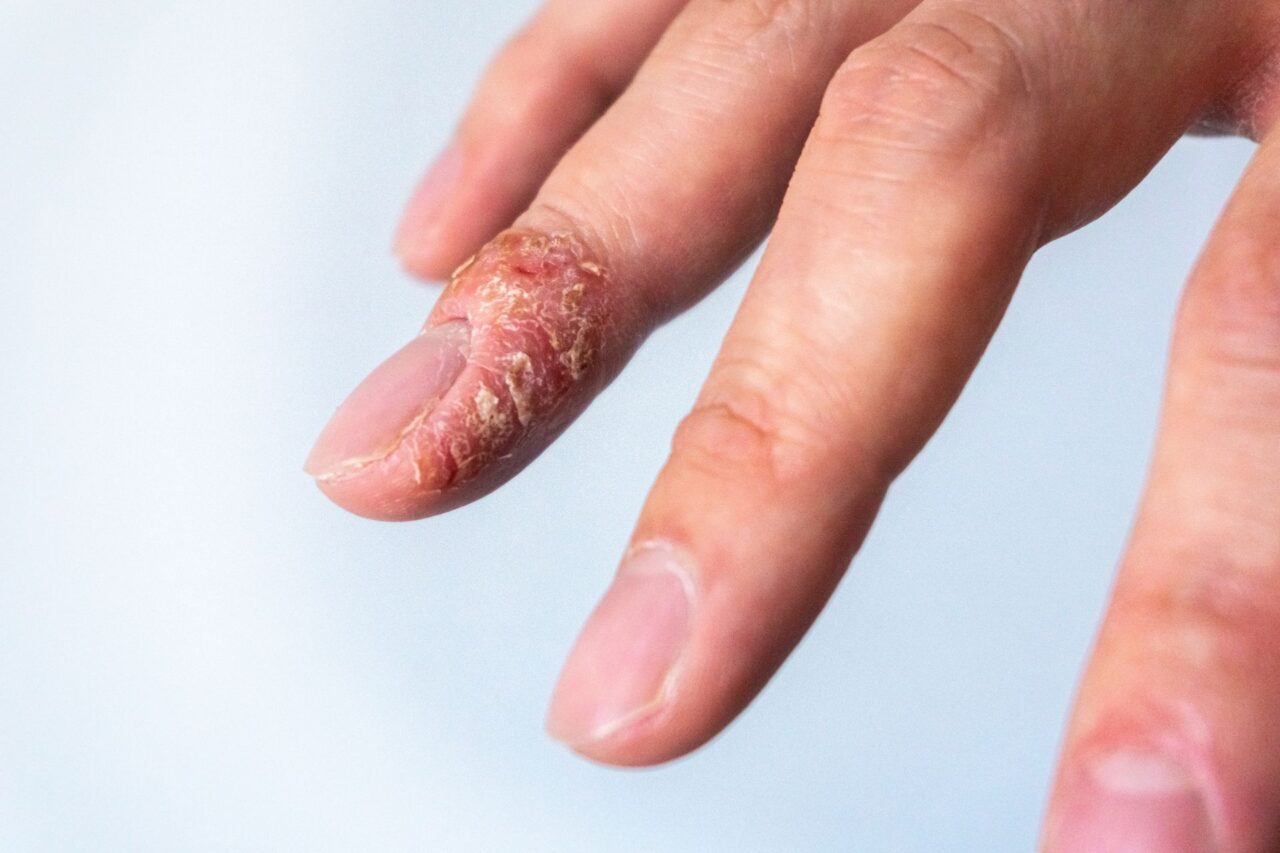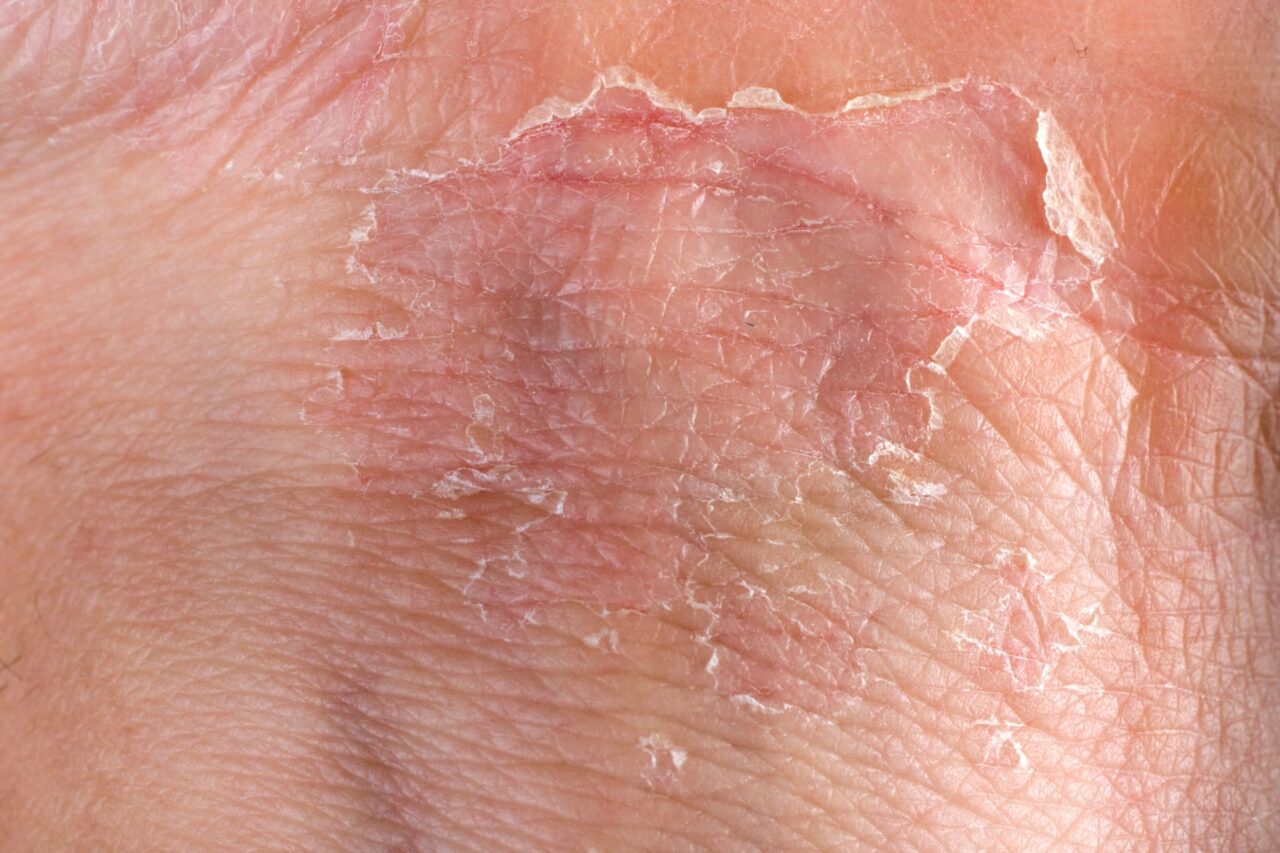Hypochlorous acid, a powerful yet gentle solution, has gained recognition for its effectiveness in alleviating eczema symptoms. Let’s break down the process of mastering hypochlorous acid application for eczema relief:
Understanding Hypochlorous Acid
Before we dive into the application process, let’s grasp the basics of hypochlorous acid:
Hypochlorous acid (HOCl) is a naturally occurring substance produced by our white blood cells to combat infections. It’s safe, non-toxic, and holds immense potential in soothing eczema-prone skin.
The Science Behind HOCl
Hypochlorous acid works by disrupting harmful microorganisms and reducing inflammation. Its antimicrobial properties help prevent bacterial and fungal infections, which are common triggers for eczema flare-ups.

Preparing for Application
To ensure successful application, you need to prepare adequately:
Gather Your Supplies
- Hypochlorous acid solution
- Clean, soft cloth
- Mild, fragrance-free moisturizer
Skin Preparation
- Gently cleanse the affected area with a mild, pH-balanced cleanser.
- Pat your skin dry with a clean towel.
- Ensure your hands are clean before touching the eczema-prone area.
Application Technique
Now, let’s explore the step-by-step process of applying hypochlorous acid:
Step 1: Dispense the Solution
Carefully pour a small amount of hypochlorous acid solution onto a clean cloth. Avoid using cotton balls, as they may absorb too much of the liquid.
Step 2: Apply to Affected Area
Gently dab the soaked cloth onto the eczema-affected skin. Avoid rubbing, as this can exacerbate irritation.
Step 3: Let It Air Dry
Allow the solution to air dry naturally. Do not rinse it off.

Frequency and Timing
Consistency is key when it comes to hypochlorous acid application:
- Apply the solution twice a day, preferably in the morning and before bedtime.
- Continue this routine for at least two weeks to observe significant improvement.
FAQs
Q: Can I use hypochlorous acid on my face for eczema relief?
A: Yes, hypochlorous acid is safe for facial use. Ensure it doesn’t come into contact with your eyes.
Q: Is hypochlorous acid suitable for children with eczema?
A: Hypochlorous acid is generally safe for children, but consult a pediatrician before use.
Q: Can I apply moisturizer after using hypochlorous acid?
A: Yes, moisturizing post-application helps lock in the benefits of hypochlorous acid.
Q: Will hypochlorous acid sting or burn when applied?
A: Hypochlorous acid is gentle and typically doesn’t cause discomfort. If you experience any adverse reactions, discontinue use.
Q: How long does it take to see results?
A: Results may vary, but many users report improvement within two to four weeks.
Q: Can I use hypochlorous acid alongside prescribed eczema medications?
A: Consult your dermatologist for guidance on combining treatments.
Conclusion
Mastering hypochlorous acid application for eczema relief can be a game-changer in your skincare routine. This safe and natural solution, when used correctly, can help soothe eczema symptoms and improve your quality of life. Remember to maintain consistency in your application and consult a healthcare professional for personalized advice.




